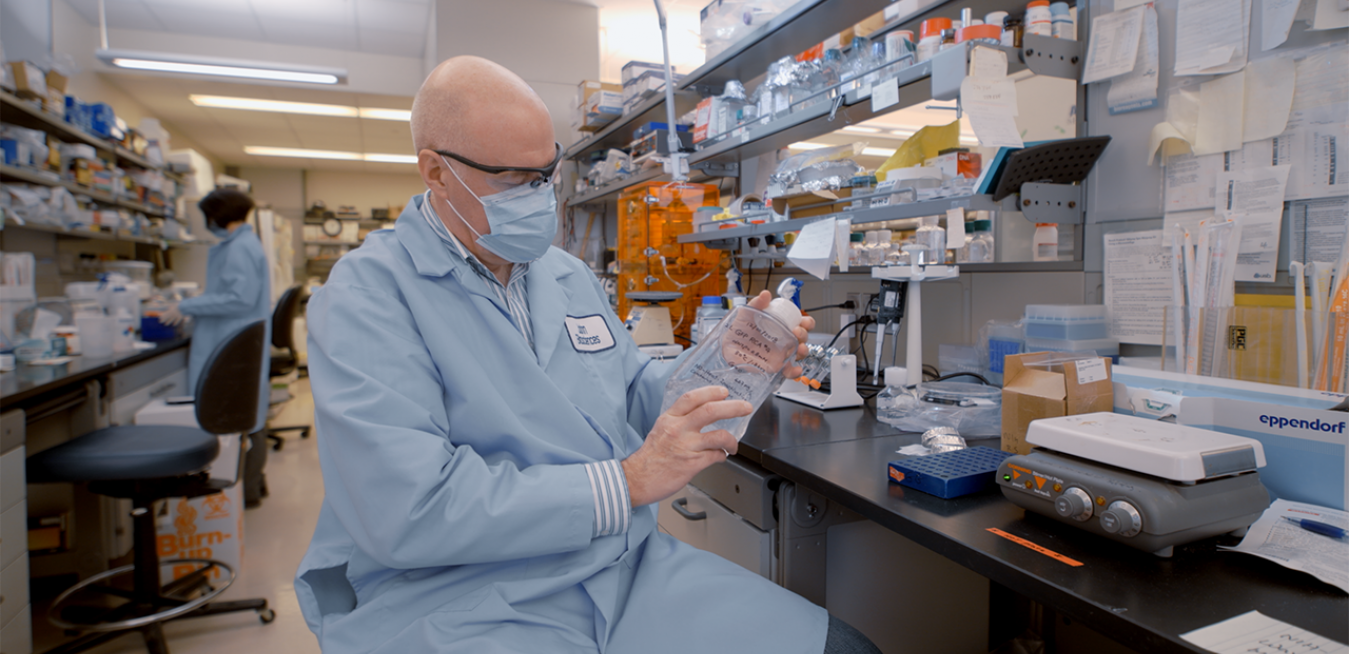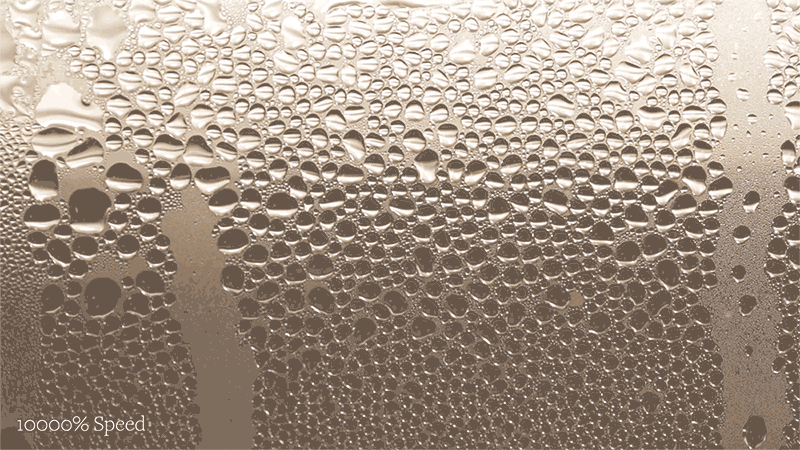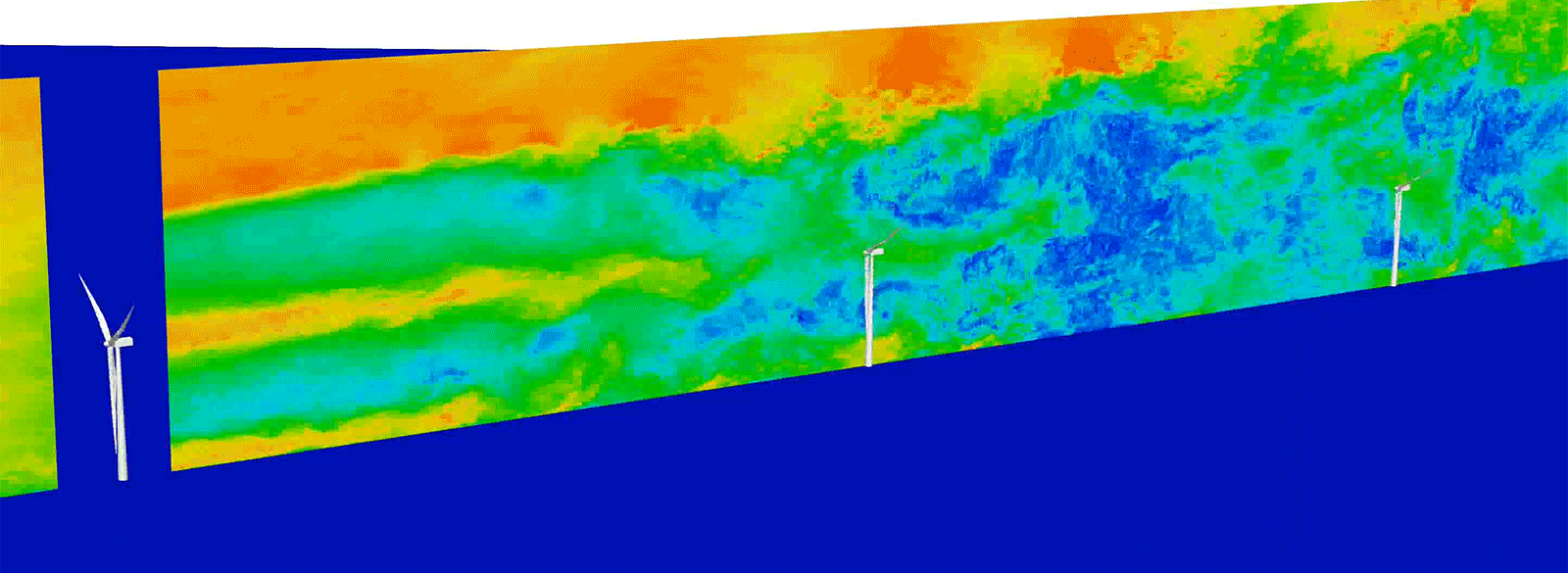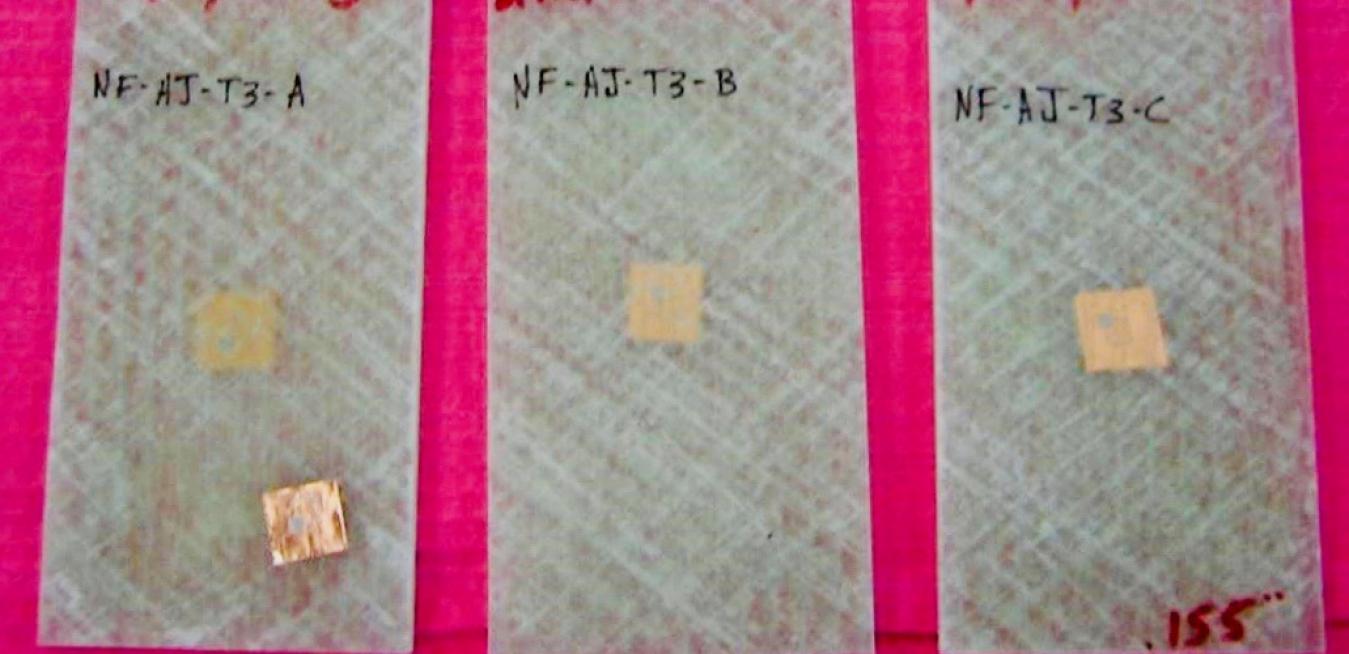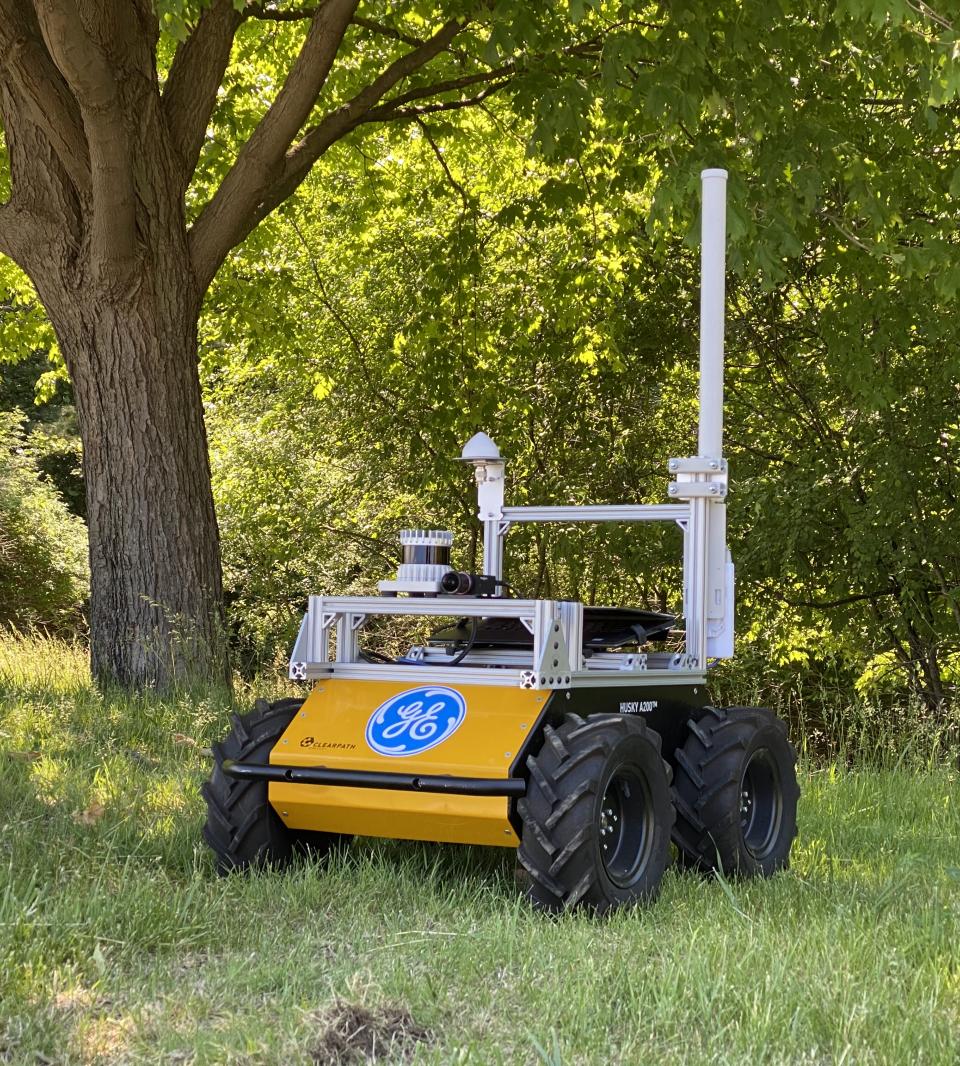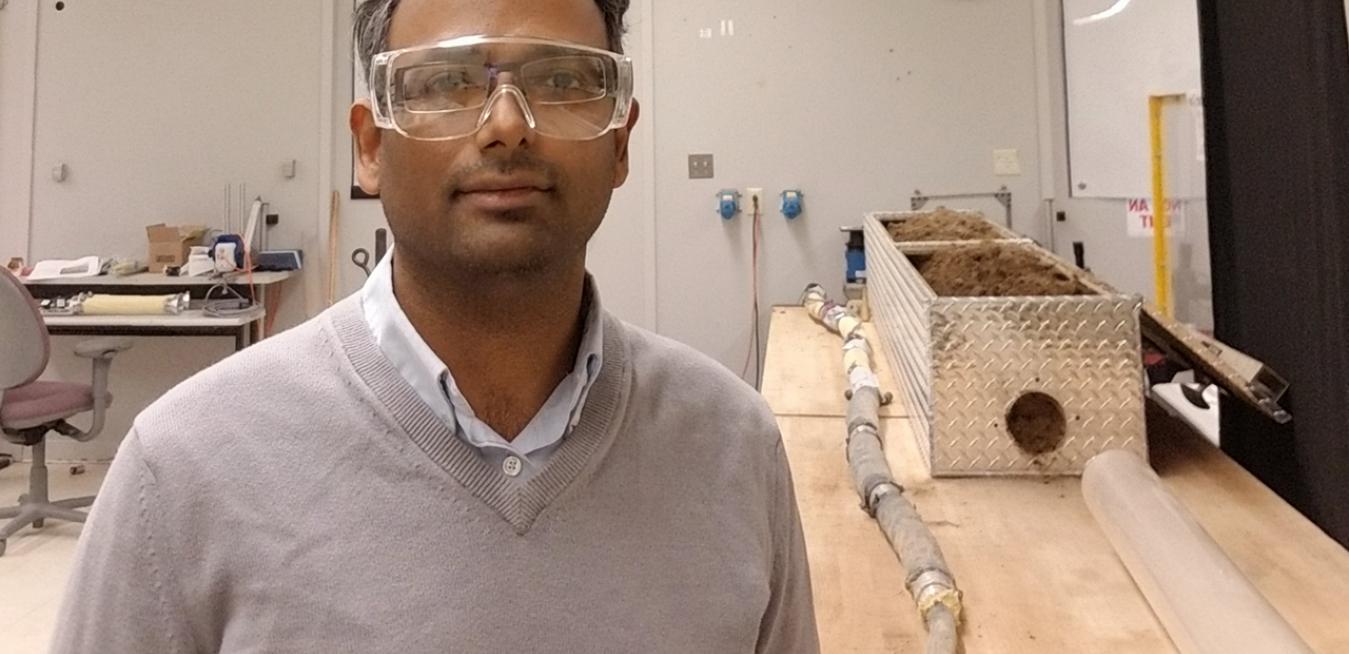Standing in a lab on the GE Research campus in Niskayuna, New York, John Nelson holds up a sample of synthetic DNA inside a vial that is small enough to fit comfortably between his thumb and forefinger. Nelson, who has worked as a senior principal scientist at GE Research for the last 24 years, says there’s enough synthetic DNA inside that half-gram vile to produce an estimated 5,000 vaccines. “It took us under a day to produce this,” he says.
One of the most daunting aspects of the COVID-19 pandemic involves tracking the spread of the microscopic, airborne coronavirus causing the disease. But what if you could spot its presence via your smartphone?
Keeping enemies on the run is all part of the job for soldiers in the U.S. Army, yet troops stationed in the world’s hot spots frequently face another relentless foe: thirst. But scientists at GE Research and their partners at U.S. universities have mobilized to help. They are building a refrigerator-size device that they believe ultimately will be able to produce hundreds of liters of drinking water per day from air.
Anyone who lives in, or has visited, the coastal cities of the GCC is well aware that there is lots of water in the air. But there also is plenty of water in the air even when humidity is very low, like on the Riyadh plateau in Saudi Arabia.
A multidisciplinary team from GE Research is using 3D printing, new material innovations, and heat-exchange technology not found in current water-from-air products to develop a low-energy device that can pull significant amounts of drinking water from even very low humidity air.
In 1911, Dutch physicist Heike Kamerlingh Onnes made a very cool discovery. Electrons usually lose energy as they careen through an electrical conductor, but he noticed something funny happen in a mercury wire at temperatures approaching absolute zero — minus 459 degrees Fahrenheit: The electrons met no resistance and the current flowed unimpeded, with no energy losses.
When doctors want to assess how badly COVID-19 has damaged patients' lungs, they often use CT scans to study telltale gray and white patches that show inflammation and damage. But these scans are akin to looking at a satellite image of a neighborhood: You can see in general where the parks and streets are, but it’s hard to get a more detailed view.
At its theoretical peak, the Summit supercomputer at the U.S. Department of Energy’s Oak Ridge National Laboratory in Oak Ridge, Tennessee, can calculate in one second what it would take the entire human population 305 days to do. That formidable mathematical horsepower comes in handy when modeling highly complex systems — such as how gusty sea winds hamper the performance of powerful offshore wind turbines.
Athletes have been wearing electronics that can bend and flex to the shape of their bodies, revealing how many miles they’ve logged, current heart rate and how much energy they burned. They can use the data to constantly improve their training and understand more about how their bodies are reacting to different training regiments.
Developing artificial intelligence that can obey traffic laws while navigating a 3,000-pound vehicle through busy city streets is a complex feat, and many are stepping up to address the challenge.
Looking like a giant earthworm and moving at a fast clip, a 6-foot-long, 2-inch wide robot recently burrowed through the ground at GE Research’s testing site in Niskayuna, New York. Once it is fully operational, the robot’s engineers expect it will be able to dig a tunnel longer than five football fields in just 90 minutes.
